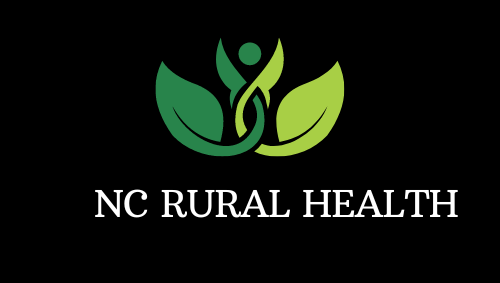Dental surgery: Top Tips for Primary Care
3 min read
Extractions will account for the majority of primary care procedures. This article provides top tips on how to safely perform extractions with minimal trauma. All of these measures aim to improve patient experience when performing extractions.
1. Patient Preparation
For safety reasons, patient preparation and planning are essential. However, tooth extractions can often be completed without any complications. It is better to be safe than sorry. Overestimating tooth extractions can often lead to gratitude while underestimating could result in embarrassment and legal and medical consequences.
• Get a complete patient assessment. Discuss any potential risks to tooth extractions with your GP if you have concerns about a patient’s medical history.
• Conduct a complete clinical assessment to evaluate the accessibility of the tooth, its place in the arch, condition, and crown condition. Take note of any adjacent restorations at risk during instrumentation. You can use a radiograph to view the peri radicular regions and identify anatomical difficulties
• By using shared decision-making, you can get patient consent. It is essential to reassure patients, but it is equally important for them to have reasonable expectations. They should also be able to clearly explain risks and not promise too much.
• To avoid human error resulting from incorrect tooth extractions, you should always consider using a surgical safety list.
2. Select the Appropriate Instruments
Many instruments can be used in tooth extractions. It makes sense to prepare all tools that may be required before the procedure. Additional instruments being gathered during the procedure can cause nurses to feel pressured and it is time-consuming. The need to take instruments out of drawers and change gloves frequently can compromise cross-infection control. Due to the need for multiple instruments, patients may feel that the dentist is struggling. Oral surgeons are known to place all instruments on the surgical tray before beginning the procedure.
3. Prioritise
A good view and access to the surgical area are vital for performing any operative procedure. This includes tooth extractions. It also requires the correct positioning of both the operator as well as adequate retraction of soft tissues, such as the tongue, cheeks, lips, and cheeks. Excellent lighting conditions are essential throughout the procedure. While it is obvious that the patient needs to have good access, we have seen practitioners use a position where the clinician is at disadvantage to approach them. We also see poor lighting conditions and soft tissue retraction, especially for difficult extractions. This attitude can make the procedure more difficult and increase the frustration for the dentist (and patient). You should focus on the procedure and maintain a clear vision.
4. Use Your Instruments Correctly
The difficulty of tooth extractions can vary widely in clinical practice. There are also many approaches that clinicians use. It is often beneficial to have luxators in place for the first tooth extraction. Unless ankylosed teeth are fixed in the alveolar bones by the periodontal joint. Luxators are sharp tools that can be used to trim periodontal hairs. Utilized correctly, luxators can often make tooth extractions almost painless.
If you’re looking for the best oral surgeons in Los Angeles, you’ll want to check out polstontax.com. These specialists have years of experience and are experts at performing complex dental procedures. They will be able to diagnose and treat any dental issue that you may have, and they will help you achieve the best possible outcomes.




